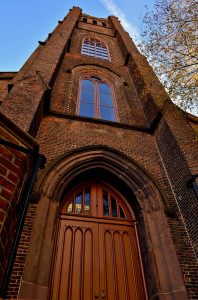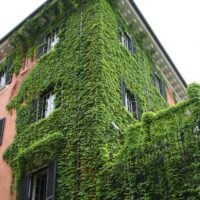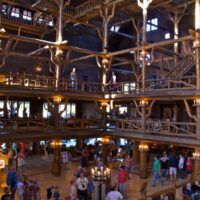Caring For Our Elderly (Structures)

 The Baltimore-Washington area is rich with historic structures. These buildings are usually beautiful (or at least visually interesting) but, more importantly they’re reminiscent of our nation’s heritage and essential to understanding America’s culture. Realizing this, owners and managers of historic buildings, or any older structure really, must carefully consider all treatment options before deciding to restore, rehabilitate, or reconstruct.
The Baltimore-Washington area is rich with historic structures. These buildings are usually beautiful (or at least visually interesting) but, more importantly they’re reminiscent of our nation’s heritage and essential to understanding America’s culture. Realizing this, owners and managers of historic buildings, or any older structure really, must carefully consider all treatment options before deciding to restore, rehabilitate, or reconstruct.
Restoration stresses the building’s historic character. Whenever possible, materials from the most significant time in the building’s history are conserved, while removal of materials from other periods is generally permissible.
Rehabilitation typically entails retention of as much of the historic elements of a structure as possible; however, it’s accepted that more materials have deteriorated beyond salvation and there is more latitude for replacements.
Reconstruction is the last resort and involves the demolition and replacement of non-surviving or non-functioning building components or even entire structures. This option offers limited opportunities to save the authenticity of the building, but may be necessary if it’s no longer structurally sound.
Myriad factors would dictate the most appropriate strategy, including the physical condition of building components, historical importance, planned usage of space, and building codes. Historically significant structures in this region will usually fall under the purview of historical preservation organizations and their mandates could trump other considerations.
Of course, the best strategy is preservation. Conscientious maintenance and timely, proper repairs can extend the useful lives of building elements hundreds of years, obviating, or at least minimizing, the need for more drastic measures



